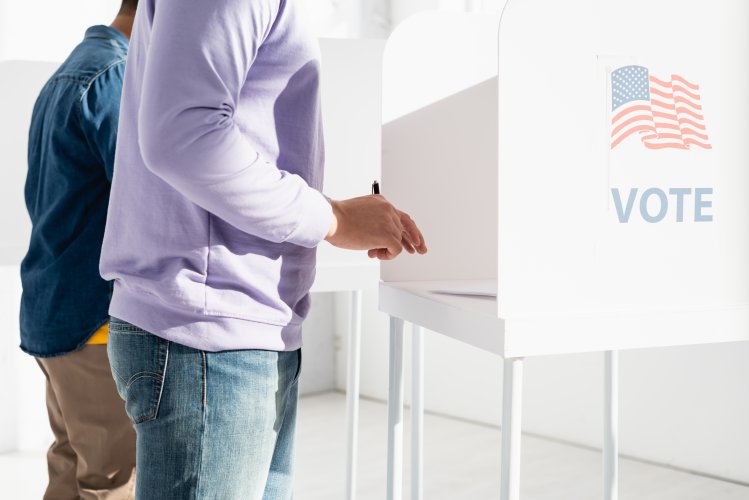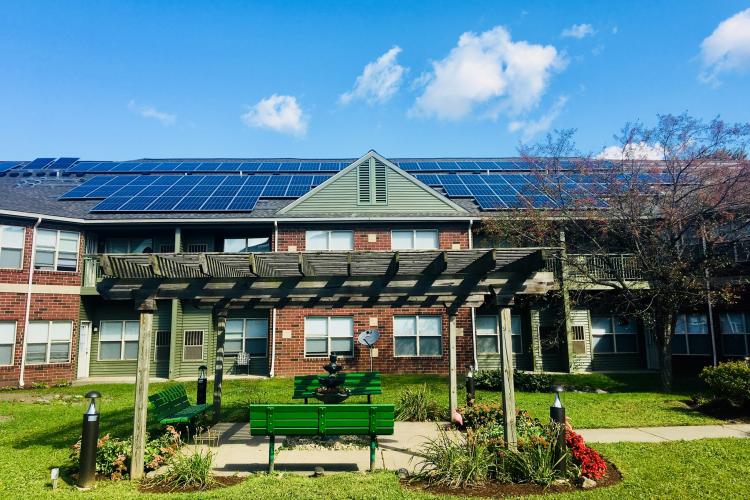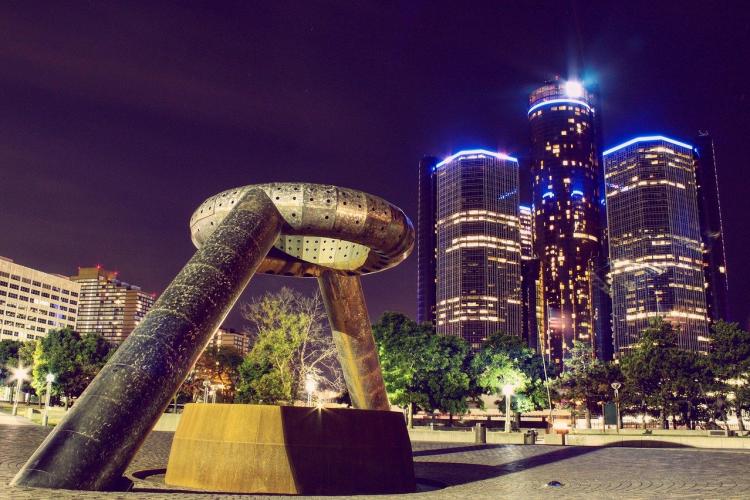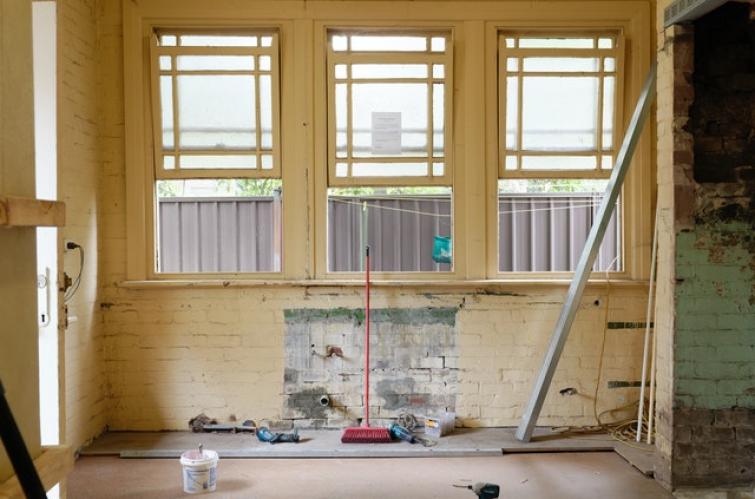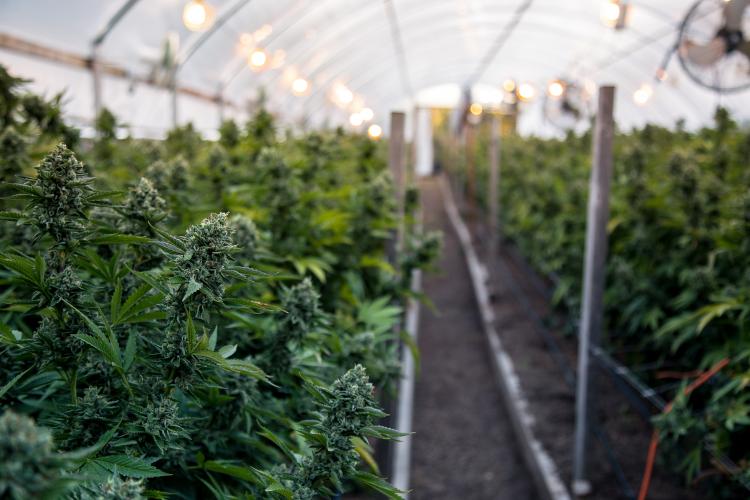Michigan
Over $1 Billion in Federal Funds Flow into the Midwest: Energy Efficiency’s Role in CPRG Implementation Awards
The Climate Pollution Reduction Grants Program
In July 2024, the United States Environmental Protection Agency (EPA) announced 25 awardees of nearly $5 billion in Climate Pollution Reduction Grants program (CPRG) implementation awards. In early September, the EPA announced another $300 million in grants to 33 tribes and one territory in the final phase of planned CPRG funding. CPRG is one of several funding streams from the 2022 Inflation Reduction Act designed to reduce greenhouse gas (GHG) emissions and advance environmental justice.
Efficiency Rundown in the U.S. Energy and Employment Report
It is imperative that opportunities to tackle climate change and create well-paying jobs in the United States exist concurrently. As the country’s economy changes and the prevalence of carbon-free energy sources grows, it has become increasingly important to understand how employment in the energy sector is also growing and changing. The U.S.
Energy Efficiency’s Role in the MI Healthy Climate Plan
Released by the Whitmer administration on April 21, the MI Healthy Climate Plan puts forth strategies for Michigan to reach carbon neutrality by 2050 while providing benchmarks along the way. The plan sets the following objectives:
Highlights from DTE and Consumers Energy’s Recent EWR Plan Settlements
Michigan state law requires that utilities periodically file Energy Waste Reduction (EWR) plans outlining allocated resources that advance energy efficiency within their territories. These plans define the programs the utility will run, where the programs will take place, which customers will be targeted as well as the associated budgets and anticipated energy savings.
Telling a New Story at the Pablo Davis Elder Living Center
Energy Benchmarking Heats Up in the Midwest
Summer is just getting into full swing, and across the country some communities are already roasting. Perhaps uncoincidentally, the process to adopt energy benchmarking policies is also heating up. Because buildings contribute to a large portion of greenhouse gas emissions, benchmarking policies are often part of city and state energy and climate plans. By tracking reliable and consistent energy consumption data, these policies can enable better decision-making around building energy use and reduce greenhouse gas emissions that contribute to climate change.
Key to reducing walkaways? Collaboration from the ground up
In interviews with Weatherization Assistance Program (WAP) implementers and agencies, a key programmatic challenge cited was walkaway rates. Walkaways happen when a home is unable to be weatherized due to a structural or health and safety issue, like a hole in the roof, flooding, hoarding and more. WAPs in the Midwest receive their funding largely from two sources, the U.S. Department of Energy (DOE) and the State Low-Income Home Energy Assistance Program (LIHEAP). Some states receive additional funding from local utilities, but that is not consistent throughout the region.
Building Relationships with Midwestern Policymakers
MEEA’s policy team has spent 2019 traveling throughout the Midwest to meet with state legislators, regulators and policymakers. MEEA serves as the region’s trusted source on energy efficiency and promotes how states can maximize energy savings pursuant to their specific policies. We share regional best practices and research with governors’ administrations, legislators and regulatory bodies as they develop energy plans, policy priorities or other state and local policy initiatives. The 2018 state election results presented ample opportunity for MEEA to act as a positive, nonpartisan voice for energy efficiency.
3 Big Questions about Energy Use in Legal Cannabis Cultivation
Recreational cannabis hits the shelves January 1, 2020 in both Illinois and Michigan. How will the race to market impact energy use?
Growing cannabis is an energy-intensive process, and as cultivators focus on getting product ready as quickly as possible, it will be easy for energy efficiency to get pushed to the backburner and energy consumption to rise.
